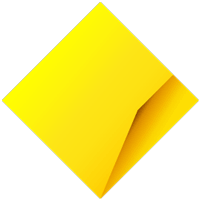CommSec’s path to becoming Australia’s leading online broker has transpired largely due to the platform’s ability to meet the evolving needs of investors.
In 1997, CommSec became the first Australian broker to launch a share trading website, paving the way for a digital trading future.
By 2001, around 80 percent of CommSec’s trades were being placed online, mirroring a broader trend: Australians wanted more control, more transparency, and more speed when they invested.
In 2008, CommSec launched Australia's first iPhone trading app, making trading accessible to Aussies with a smartphone. And in 2019, CommSec Pocket was launched – a low cost, simple investing app that aims to empower more Australians to start their investing journey.
Fast forward to today, and nearly 50 per cent of trades are made via mobile.
Over the years, market participation has also grown across demographics as government privatisations, the rise of self-managed super funds (SMSFs), the popularity of exchange traded funds (ETFs), and the increasing use of mobile apps have all contributed to a more engaged and informed investor base.
Ten years ago, 20 per cent of CommSec’s customers were under 40 – today, that number has more than doubled to 43 per cent. Meanwhile, the percentage of female investors on CommSec has almost tripled in the past 5 years.
“Markets have become more dynamic, and so have investors,” said Tom Piotrowski, CommSec’s long-time market analyst.
“We’ve gone from a world where people waited for the morning paper to receive market news, to one where they’re trading on their phones during a lunch break. Now we’re pushing out a daily podcast and educating our customers on TikTok. That shift has been extraordinary to witness.”
Not only that, CommSec has taken great strides in making investing more accessible through education. Initiatives like CommSec Learn offers tips to beginners, while the CommSec Invest podcast breaks down the fundamentals of investing. Also, bite sized content is delivered through channels like Instagram, YouTube and TikTok.



